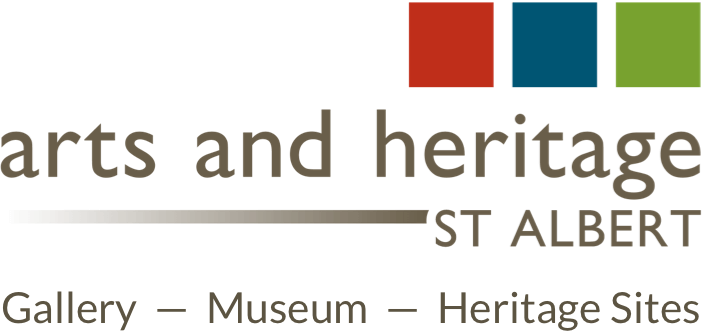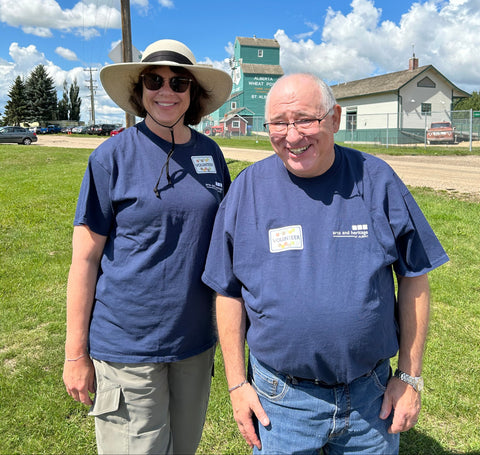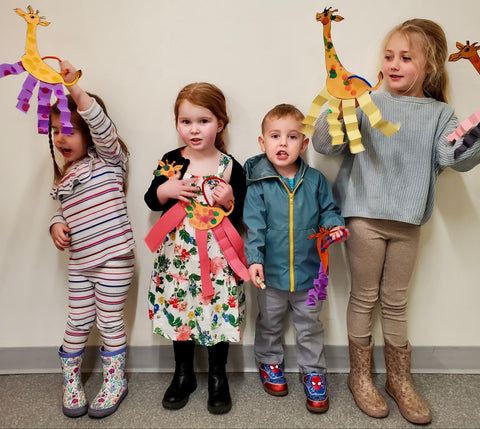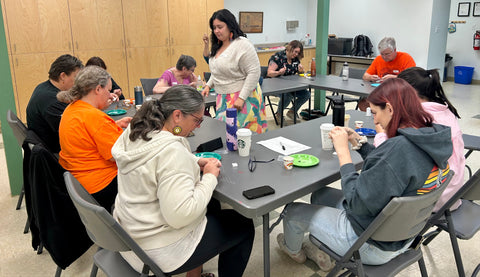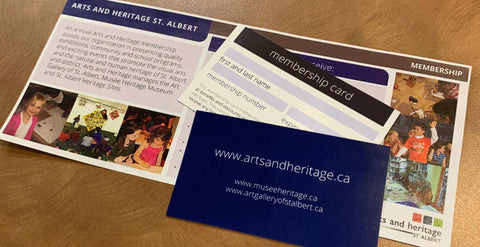River Lots 23 + 24
Discover St. Albert’s early Métis and Francophone history by visiting St. Albert’s Historic River Lots 23 + 24. Start your experience by meeting one of our interpreters at the nearby Train Station.
River Lots 23 + 24 tell the story of Métis and French-Canadian settlement in the Sturgeon River valley and are home to some of St. Albert’s oldest surviving historic houses and agricultural buildings, including Belcourt House (circa 1900), Cunningham House (circa 1912), La Maison Chevigny (circa 1890), and the Brousseau Granary (circa 1900).
River Lots are a way of dividing land that was common in many Métis and French-Canadian communities across the prairies that predates the sale of Rupert’s Land to the Dominion of Canada and the adoption of the rectangular township plan in Alberta. River Lots are long, narrow strips of land that ensure everyone has equal access to resources, such as water, and fosters a strong sense of community since homes can be built close together. River Lots 23 + 24 extended from the Sturgeon River all the way to what is now Villeneuve Road.
River Lot 23
In 1878, what became River Lot 23 was documented as belonging to the Hudson’s Bay Company. The HBC operated a store in St. Albert from 1866-1875. This building was located on River Lot 24 near St. Vital Avenue and Mill Drive. A Founder’s Walk sign marks its approximate location. The store was first operated by John Cunningham (a Métis man employed by Fort Edmonton), followed by Louis Chastellain (another Métis HBC employee) who held title to River Lot 24 by 1884.
The historic homes on River Lot 23 tell the story of St. Albert’s Francophone history. These buildings were moved from their original locations to River Lot 23 in the 2000s.
River Lot 24
River Lot 24 is unique for its continued occupation by subsequent generations of the same Métis family. The homes on River Lot 24 are considered “in situ” which means they remain in their original location on the landscape.
Cunningham House
The Cunninghams were a large & prominent Métis family in St. Albert. Built to serve as the family’s winter home in 1912, Alfred + Amelia (Rowland) Cunningham lived in this home with several of their school aged children. Prior to 1912, this branch of the Cunningham family lived on River Lot 1L along Big Lake. However, this was far away from any of the nearby schools. So, after the Father Mérer School was completed in 1909, the family built a new home on Amelia’s familial River Lot.
Belcourt House
Amelia’s sister, Louisa (Rowland) Belcourt, and her family lived in a home next door to Cunningham House. While this house no longer exists on River Lot 24, there is an open-air seating area that represents where this house once stood.
In 1956 Louisa’s son, Albert Belcourt, purchased the house now known as Belcourt House and moved it to River Lot 24. The house was originally built by the Hogan family in the early 1900s. Members of the Belcourt family lived in this home until the 1990s.
La Maison Chevigny
The Chevigny brothers and their families came to St. Albert in 1880 from Quebec and were part of an influx of Francophones who settled in the area. Similar to the Métis of St. Albert, many French Canadians wanted to settle in communities with an established Catholic church.
Chevigny House was built in 1890, making it one of the oldest remaining settlers’ structures in the province. The home was originally located on a homestead where St. Albert Honda stands today.
Multiple generations of the Chevigny family lived in this home until the early 1960s when the house was converted into a barn. The family sold their farmland in 2007 and the building was relocated to River Lot 24 in 2008 where it underwent extensive restoration. The house was eventually moved to its current location on River Lot 23.
Brosseau Granary
The Brosseau Granary was built sometime before 1902 by Edmond Brosseau, a Quebecois merchant who operated a handful of dry good stores in St. Albert. The building is a rare example of an existing balloon framed structure in Alberta and was originally located on River Lot D along Big Lake.
Hours of Operation:
Wednesdays through Sundays (and Holiday Mondays) from 10 am to 5 pm.
St. Albert’s Historic River Lots + Grain Elevator Park is a seasonal site. We are open from the May long weekend to the September long weekend.
Entry is free but donations happily accepted.
Accessibility:
Barrier-free access with ramps.

